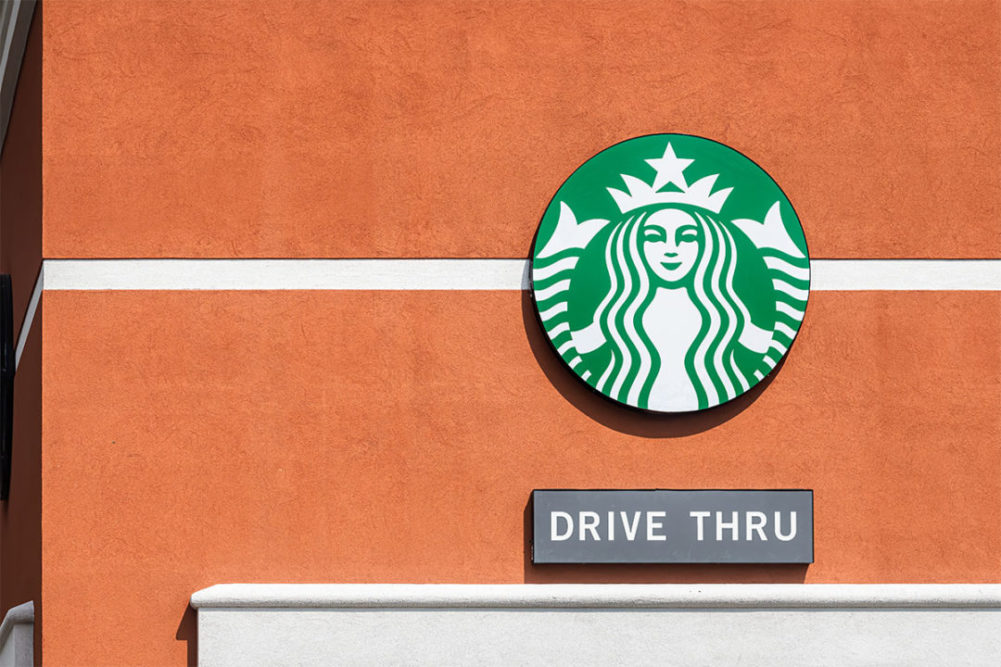SEATTLE – Starbucks Corp.’s top- and bottom-line performance reflected strength, even as the quick-service chain continues to adapt to changing market conditions influenced by the omicron variant of COVID-19. Earnings rose 31% and sales rose 19% during the quarter ended Jan. 2 when compared to the first quarter of fiscal 2021.
Omicron impacted Starbucks in two primary ways. First, employees out sick impacted staffing at some stores. Second, it affected customer mobility. The impact on mobility may be seen in the fact US same-store traffic was down double-digits when the first quarter of fiscal 2022 is compared to the same period of the previous year.
“Now we did see, on the good side, a positive side, return of the breakfast daypart and peak transactions, which gives us optimism for hope in terms of growing those transactions during that period,” said John W. Culver, chief operating officer and group president of North America, during a Feb. 1 conference call with securities analysts. “In addition, I would say that we’re going to continue to leverage the convenience channels of mobile order and pay as well as drive-thru and delivery to meet the changing customer needs to drive transaction growth going forward as well.
“Lastly, I would say that we will continue to assess the store footprint to make sure that we are building new stores and relocating additional stores, existing stores, into the areas where customers are, given the pandemic and the changes that have occurred in the pandemic.”
Starbucks first-quarter net income was $816 million, equal to 69¢ per share on the common stock, an improvement over the first quarter of fiscal 2021 when earnings were $622 million, or 53¢ per share.
Quarterly sales were $8 billion, up from $6.8 billion the year prior.
North America business unit sales rose 23% during the quarter to $5.7 billion. The increase was attributable to a 12% increase in transactions and a 6% increase in average ticket, according to the company.
“Our average ticket remained elevated even as group ordering continues to normalize, driven by pricing, record-breaking food attach, which had its seventh consecutive quarter at an all-time high and strong holiday performance,” said Rachel Ruggeri, chief financial officer.
Drive-thru and mobile ordering accounted for approximately 70% of US company-operated store sales, the company said.
“In terms of the stores and where we saw traction in that, the suburban and the rural stores, where drive-thrus are the most prevalent, continue to outpace the rest of the portfolio,” Culver said. “Our drive-thrus had its fourth straight quarter of double-digit comp growth.”
Management messaged that additional price increases are on the horizon as inflationary pressures impact Starbucks’ supply chain. The company raised prices in October 2021 and January 2022, and Ruggeri said additional pricing is planned for the balance of the year.
“In terms of elasticity, we have not seen any meaningful impact to customer demand,” she said. “To the contrary, our customer demand continues to grow. We're coming off of a very strong quarter in terms of transaction growth at 12% for the quarter in the US, the highest since pre-pandemic levels, and our ticket is also very strong as well. So, we watch that very closely and we will adjust accordingly.”

